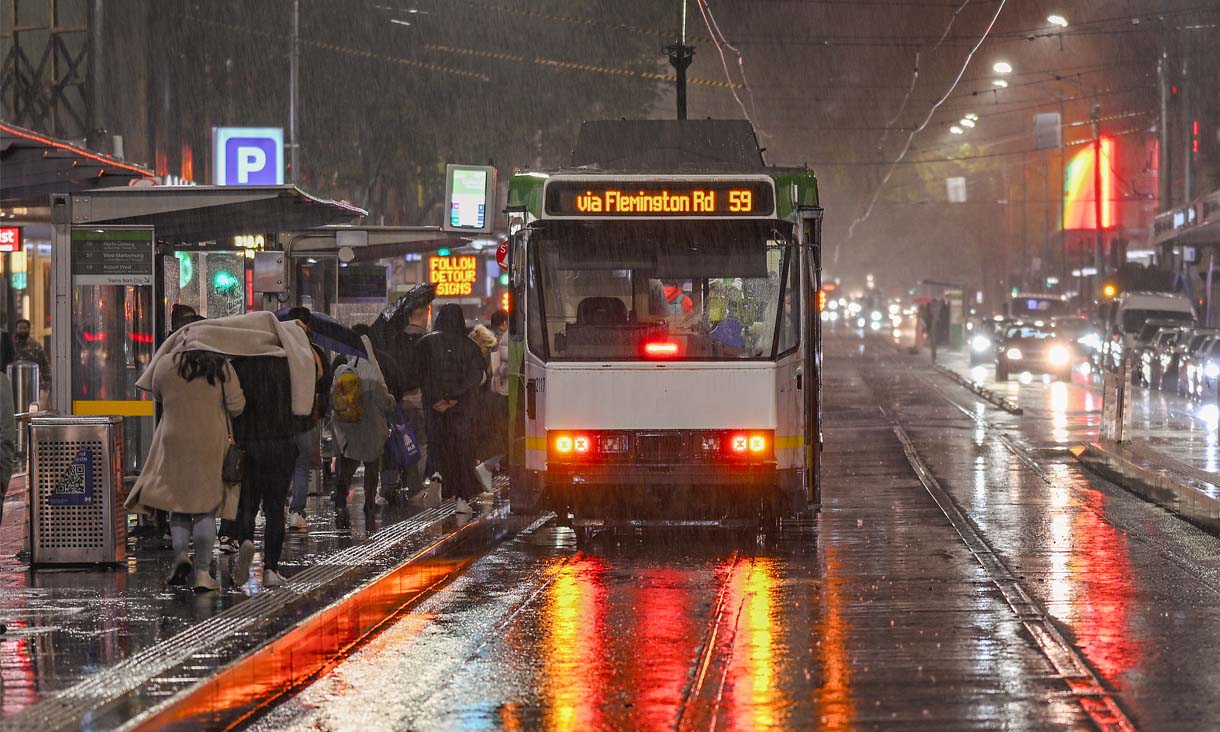Working with regional communities in the town of Tarnagulla, housing and climate change expert Dr Mittul Vahanvati is developing a resilience action strategy to plan for future climate extremities and emergency management, such as heatwaves and bushfires.
Here, Vahanvati, from the RMIT Centre for Urban Research, discusses how our planning, design and construction system needs to change for our cities, homes and economies to become climate resilient.
What is wrong with Australian housing?
Right now, our housing is rapidly expanding either in the inner city by infill developments or on urban fringes through the extension of growth boundaries.
Planning approaches for the urban fringe allocates housing developments on at-risk fragile coastal, bushfire prone, flood prone or cyclone-prone areas.
Infill urban dwellings are equally vulnerable due to the urban heat island effect and flood risk from impervious and heat reflecting surfaces.
With current and future climate scenarios suggesting that Australians will experience more extreme weather patterns, we desperately need to address policy for climate resilience, starting with our homes.
Who does climate-insensitive housing affect?
On a social level, housing that isn’t easily adaptable for climate change has particular implications for vulnerable households like low-income groups or residents in public housing.
These groups can neither afford to retrofit their homes nor adapt to the rising energy costs to maintain comfortable living.
Poorly adapted housing already comes with high heating and cooling bills, and there will be higher long-term costs associated with increasing energy or higher insurance, reducing affordability.
What are the economic impacts of housing failing to address climate resilience?
This could come with high economic and social loss.
Deloitte Access Economics estimated that bushfires annually cost about $380 million on average.
The 2009 Black Saturday bushfires in Victoria alone cost $1.2 billion in insurance claims and damages totalling $4.4 billion.
Should anything happen to the eight million residential buildings across the country, reconstruction, repair and recovery is expected to exceed $3.5 trillion




